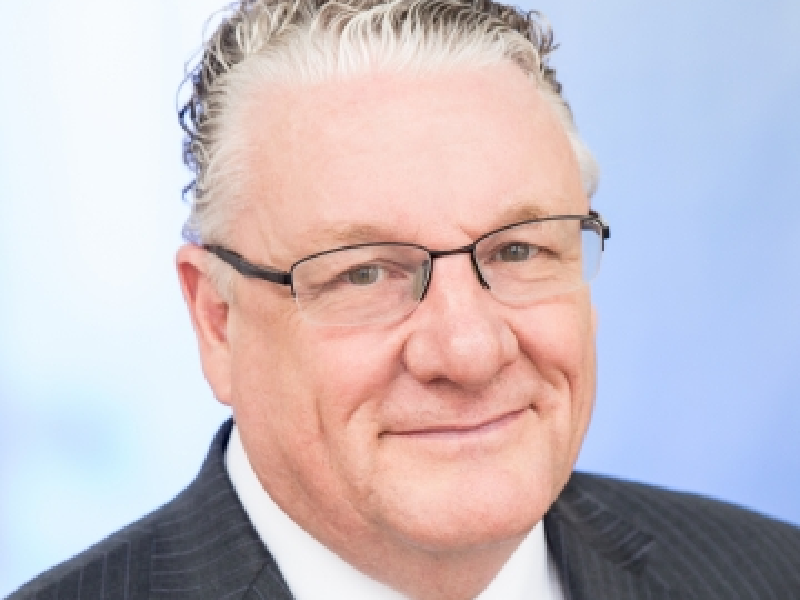Current National Maps Hinder Flood Predictions, Panel Led by University of Texas Engineer Finds
The Federal Emergency Management Agency (FEMA) needs improved flood plain maps to guide decisions on flood insurance coverage and land use restrictions, reported a National Research Council panel led by a water resources engineer from The University of Texas at Austin.

David Maidment, Director of UT Austin’s Center for Research in Water Resources
David Maidment met with members of FEMA and the U.S. Senate Committee on Appropriations on Wednesday to brief them on the report. Maidment, who directs the University’s Center for Research in Water Resources, discussed the panel’s recommendation to appropriate federal funds to improve digital elevation data used to create flood plain maps nationally.
Some metropolitan areas have begun updating their maps by switching to a laser-based method of measuring ground elevation by airplane. These Light Detection And Ranging (LIDAR) measurements are 10 times more accurate than the elevation data used for three-fourths of the 1 million stream miles of floodplain maps updated so far for FEMA.
FEMA has spent $200 million annually in the past three years to update the nation’s flood plain maps. When LIDAR is used during this Flood Map Modernization initiative, local governments currently cover the cost. For example, Austin, Houston and San Antonio have funded LIDAR images for map updates. In rural areas or more cash-strapped cities, though, conventional land surface elevation data are often used.
“This becomes a concern, because when flooding happens, inches matter,” said Maidment, who holds the Hussein M. Alharthy Centennial Chair in Civil Engineering at the University. Maidment is also a national associate of the National Academies, which includes the National Research Council.
The National Research Council panel reported that it cost $28 million to redo many of North Carolina’s maps with LIDAR measurements. The panel did not estimate what a national effort would cost.
Maidment noted that “The cost of acquiring new elevation data could be comparable to the cost of the entire Map Modernization initiative.”
FEMA will prepare its own report about technology approaches to updating flood plain maps prior to Congressional decisions about funding LIDAR map revisions. They are used to estimate land that would be covered in a 100-year-flood.
